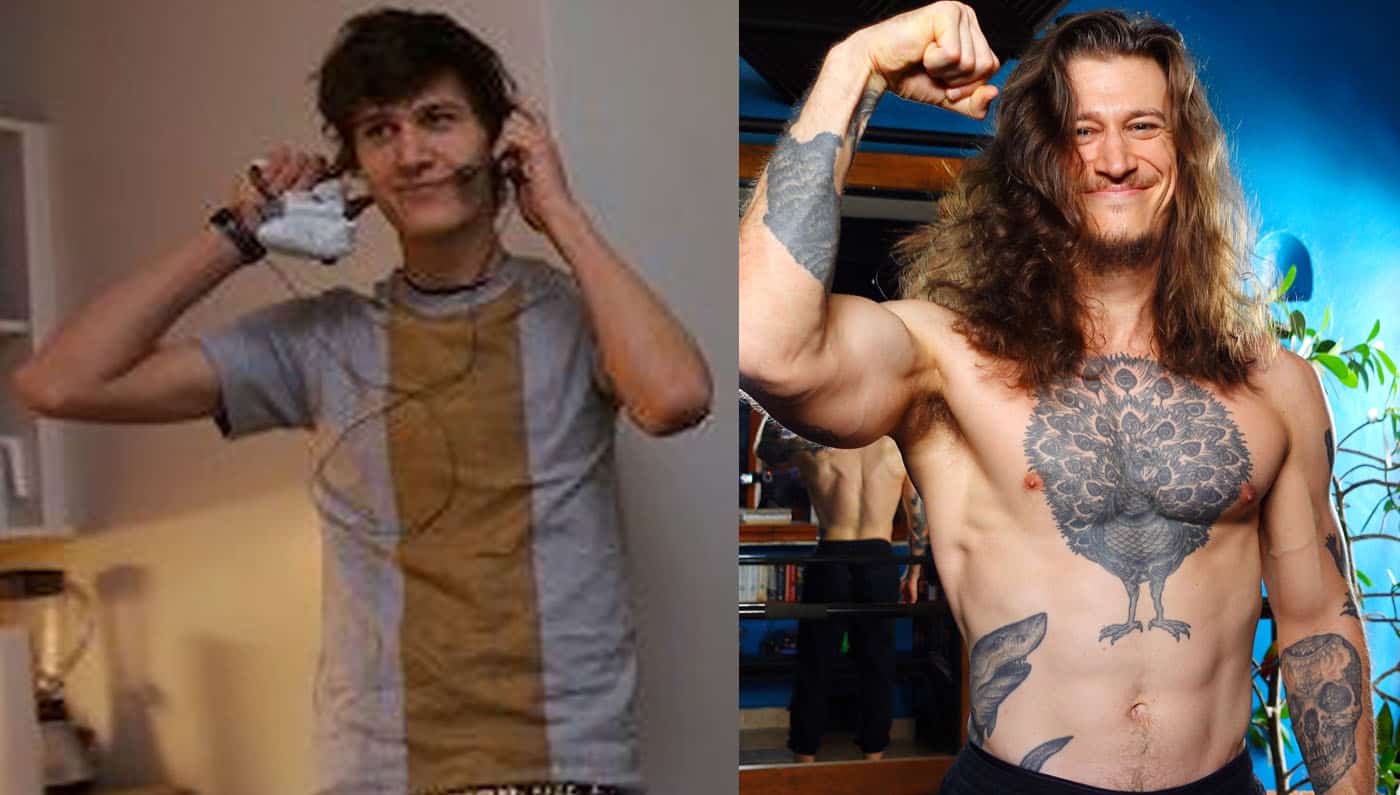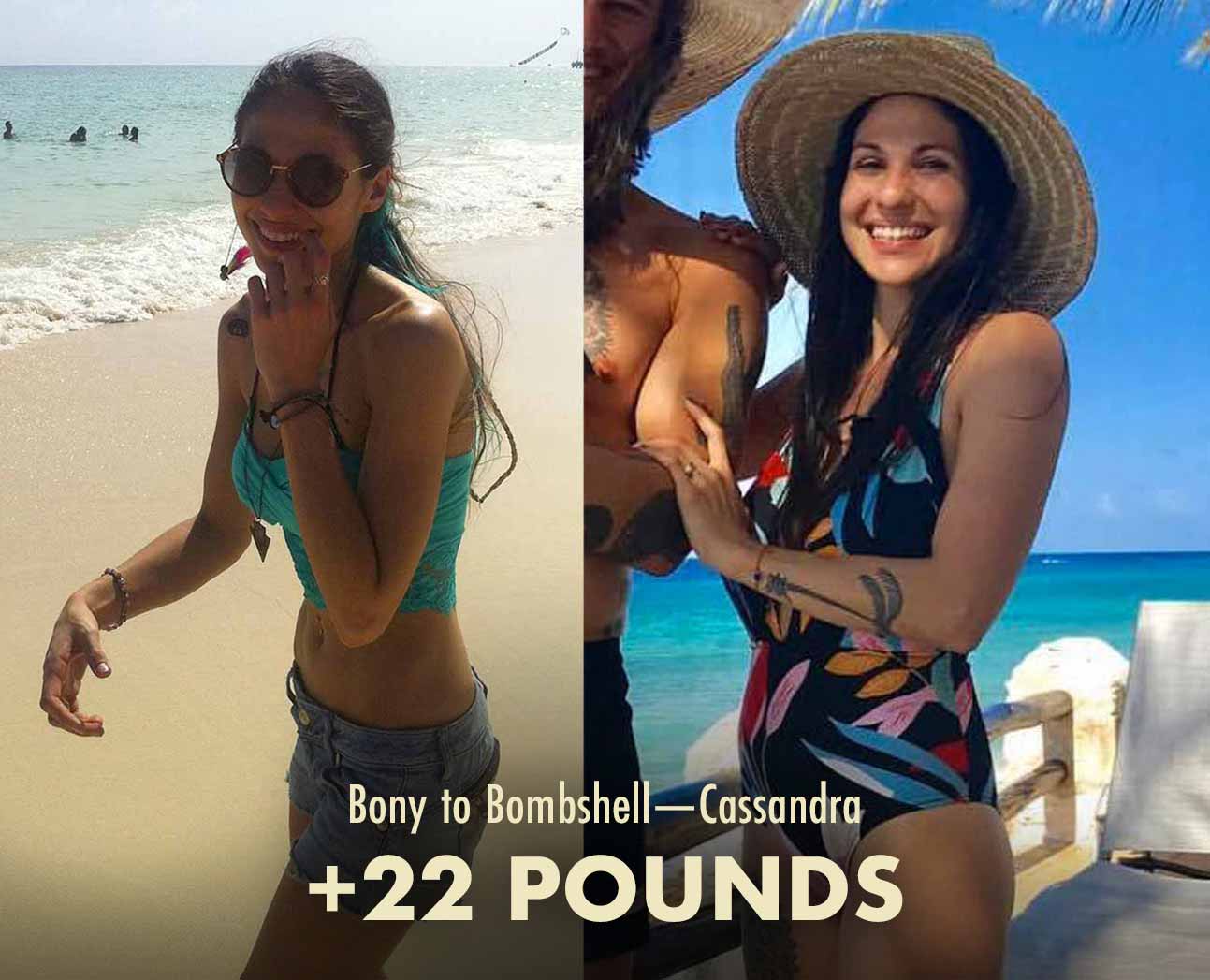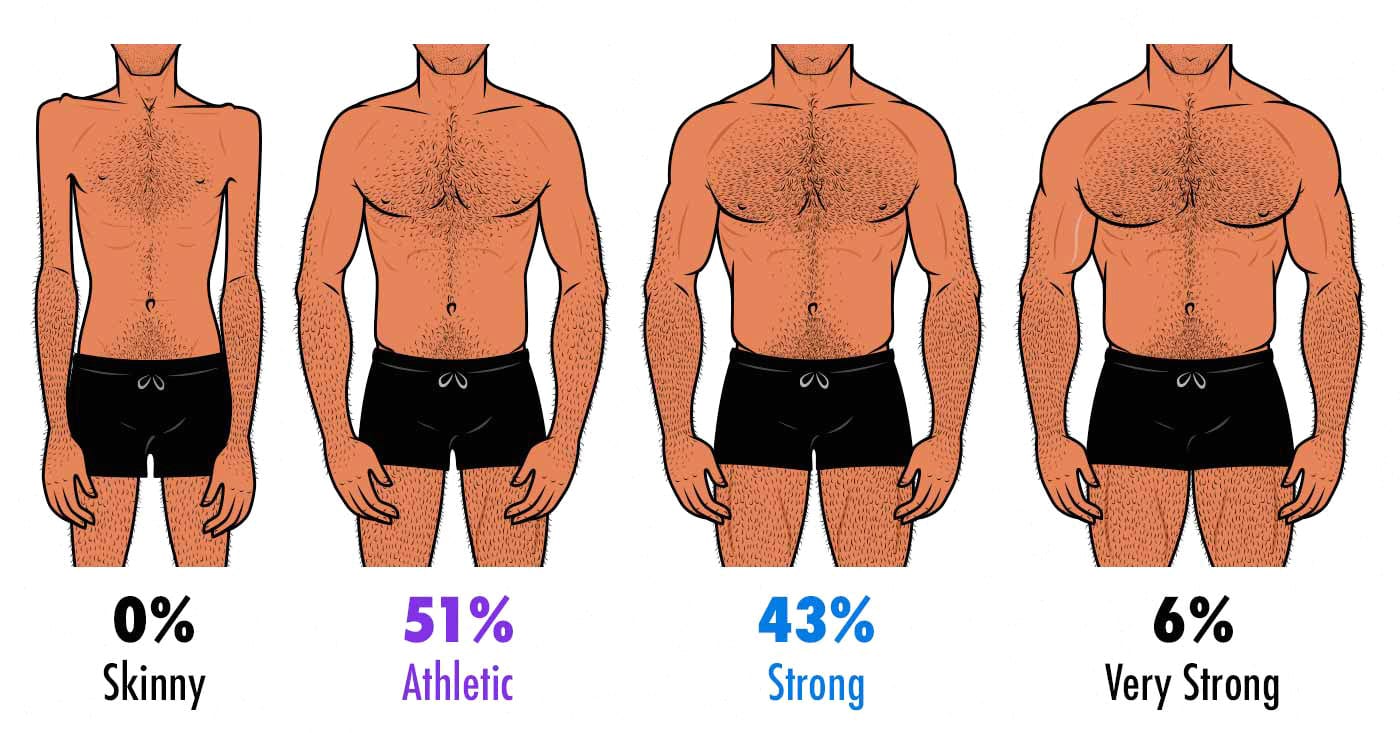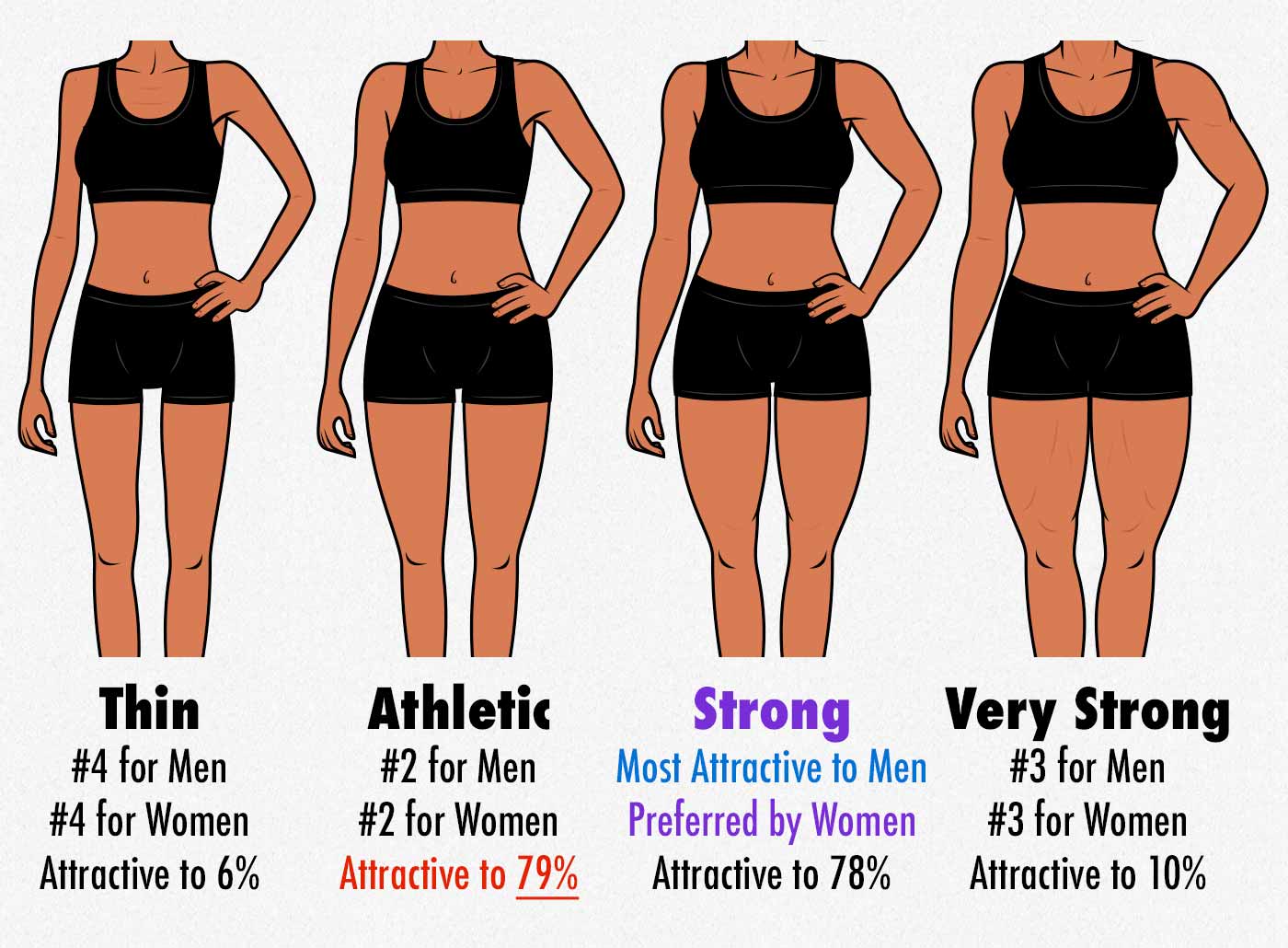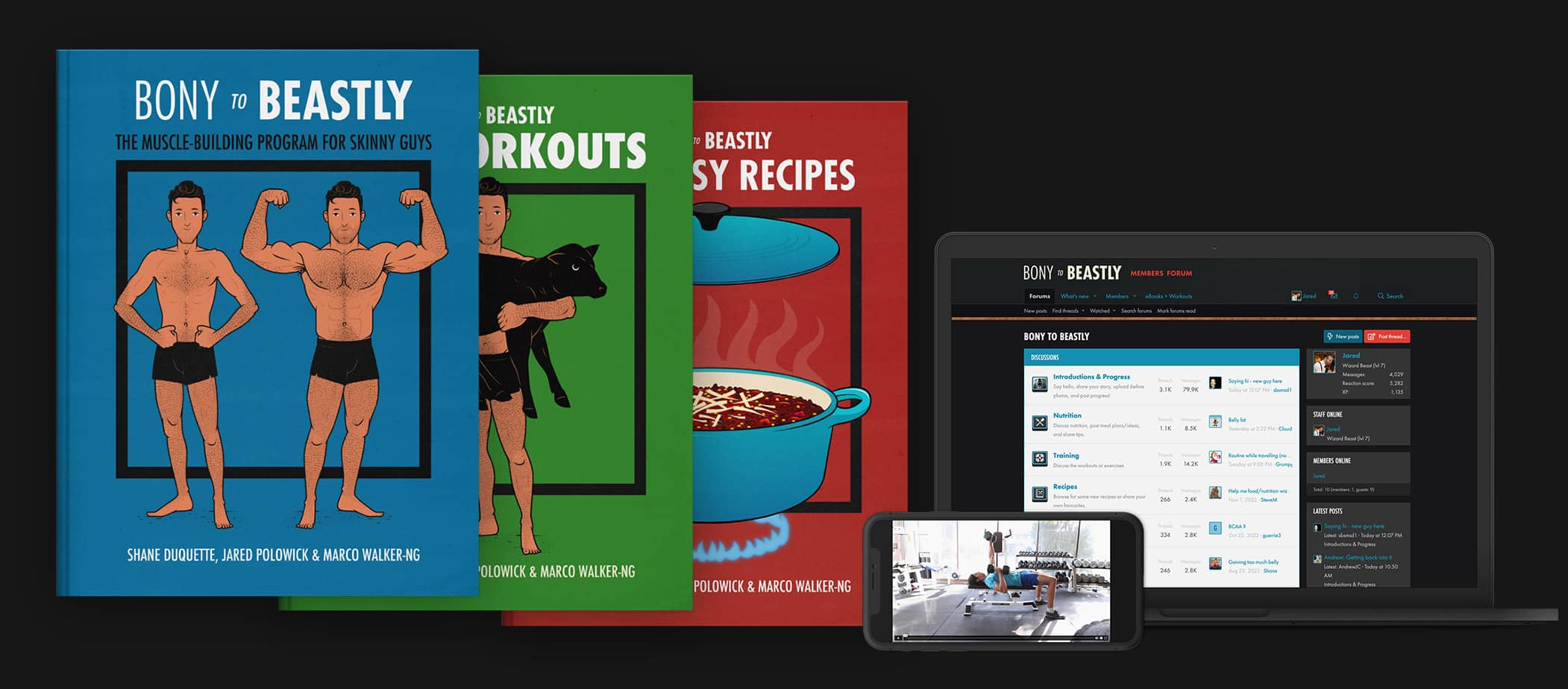Are You Too Skinny?
Your Ideal BMI for Health & Aesthetics
How Skinny Is Too Skinny for Your Health?
The Healthiest BMI
At the moment, the scientific consensus is that having a BMI of 18.5–24.9 is ideal for general health. This consensus has been shifting, though. A recent recent meta-analysis reviews all the available research, using data from a total of 5.8 million participants, and found that people on the lower side of the healthy range (BMI of 18.5–23) had a higher risk of death than people on the lower side of being overweight (BMI of 25–27).
So, the best evidence we have right now points to a BMI of 23–27 being the healthiest. This isn't a controversial opinion. Most experts are on board. It's just that the research is still new enough that it hasn't been picked up as the new default by most big health organizations (yet).
Note that there's an overlap between the old research and the new. If you have a BMI of 23–24.9, you've got an ideal weight by all standards.
Can a LOW BMI Be Healthy?
The data is pretty clear that being underweight is associated with health problems. Being very skinny means you have a lower reserve of energy, less muscle mass, less strength, and a lower bone density. It's more common to have nutrient deficiencies, hormone issues, and a weaker immune system.
It's a little trickier than that, though. Getting sick tends to cause weight loss, creating a correlation between thinness and health problems. That can make it seem like having a low BMI is worse than it actually is. Mind you, when you do get sick, it helps to have a reserve of muscle and fat, which means that skinniness can also exacerbate the problem.
If you're a robustly healthy marathon runner who lifts weights twice a week and eats like a demon, you might have the same BMI as an old smoker who's struggling with a poor appetite and digestive issues, despite your situations being entirely different. You might have a great diet, dense bones, enough muscle strength to be healthy, and a paucity of fat (perhaps too little). It's a very different situation to be in.
I'm a naturally skinny guy, and my BMI hit its lowest point in my early twenties. I was 6'2 and 120 pounds, giving me an underweight BMI of just over 15.
I wasn't a robustly healthy marathon runner; I was a sedentary writer who liked to play video games. I was eating a bad diet, and I wasn't exercising or sleeping well. My unhealthy lifestyle gave me poor blood lipids, a weak immune system, and bone density problems. I was also too weak to run or play sports properly, which made it hard to be active.
My doctor advised me to gain weight. It took years of lifting weights and bulking up, but by the time I got up to a weight of around 185 pounds, all of my health problems were gone. I've got my full story here.
My wife gained weight for similar reasons. She started at 5'4 and 98 pounds, with an underweight BMI of 17. She gained a little over 20 pounds while becoming a nutritionist. That brought her up to a low but perfectly healthy BMI of 21, with all of her health markers doing great.
So, BMI isn't always right, but it's still the best place to start. That's what the calculator is for. And then we can move into the finer details.
Muscle-Building Mini-Course via Email
Sign up for our 5-part muscle-building mini-course that covers everything you need to know about:
- Hardgainer genetics and how to make the most of them.
- How to take a minimalist approach to building muscle while still getting great results.
- What you need to know about aesthetics, health and strength while muscling up.
Skinniness & Appearance
I've run a few surveys to see what kinds of body types people find the most attractive. In the first survey, I used photos of different bodies. In the second survey, I drew illustrations of different body types, both male and female. The results of every survey came back the same: people always preferred bodies that looked fit, healthy, and athletic.
Most women prefer men who are on the stronger and leaner side of the healthy range. Nobody preferred the skinniest physique (full breakdown). You don't need to get monstrously big or look like a bodybuilder. You still want to look healthy and natural, just in a stronger and more athletic way.
Most men prefer women who look thin and athletic, with some curves. Some men found skinny women attractive, but all of them preferred women who were at least a little more athletic. So, you don't need to be skinny like a model, and you don't need to have the curves of a Kardashian. Better to look natural, healthy, fit, and athletic.
If you want to put numbers to it, we can look at a study by Crossley and colleagues (study). These are the study results I used in the skinniness calculator:
- The most attractive male body weight: Women preferred men with a BMI of around 24.5, but men preferred the look of guys who had about 15 pounds more muscle, with a BMI of around 26.
- The most attractive female body weight: Both men and women thought women looked best with a fairly slim BMI of 19. That means that women might look better at a slightly lower weight than is ideal for their health. You can solve this problem by gaining muscle instead of gaining fat. As long as you keep a trim waist, gaining some extra muscle (or even fat) shouldn't matter very much, especially if you're only bumping up to a BMI of 23 or 24.
For more, we have an article for men about how to build an attractive physique, and another article for women about how to build an attractive body.
Body Part Measurements
The CDC puts the average American man at 5'9 and 200 pounds with a 41-inch waist. The average woman is 5'4 and 171 pounds with a 39-inch waist. Both have a BMI of 29.
- Weight: If you weigh less than the average person, some people might call you skinny, but that's a good thing. Most people in most countries are overweight.
- Waist circumference: Again, having a skinny waist is a good thing. Health problems usually start to crop up once your waist gets up to 40 inches, which is very common (study). As a rough rule of thumb, it's better to have a waist circumference of half your height or less. Having an even narrower waist is also perfectly fine, but you don't want a waist that's so narrow that it's weak. It's important to have strong abs, obliques, and spinal erectors. They give you better posture, help transfer force through your body, and look great.
- Arm Size: The average healthy but untrained man has a flexed biceps circumference of about 13 inches, and the average healthy but untrained woman has a biceps circumference of about 11.5 inches. If your arms are smaller than that, they're on the thin side. If you get bigger arms than average while following a balanced workout routine, that's a good sign that you're stronger than average.
If you want to go deeper into your ideal body-part measurements for attractiveness and aesthetics, we have an aesthetics calculator. Right now, it's just for men.
The Bony to Beastly Program
Alright, that’s it for now. If you made it this deep into the article, you might like our men's newsletter or women's newsletter.
Or, if you want our help gaining weight, this is exactly our area of expertise. We've coached thousands of naturally thin clients over the past 15 years. Most of them are everyday people, but we've also coached high school, college, professional, and Olympic athletes, as well as celebrities trying to improve their appearance on television.
Our two flagship muscle-building programs both include a 5-month workout routine, a diet guide, a recipe book, and online coaching from us: Bony to Beastly Program for Men and Bony to Bombshell Program for Women.

